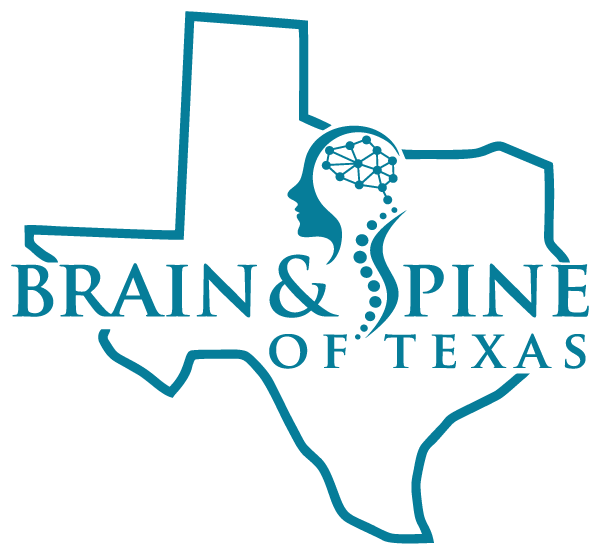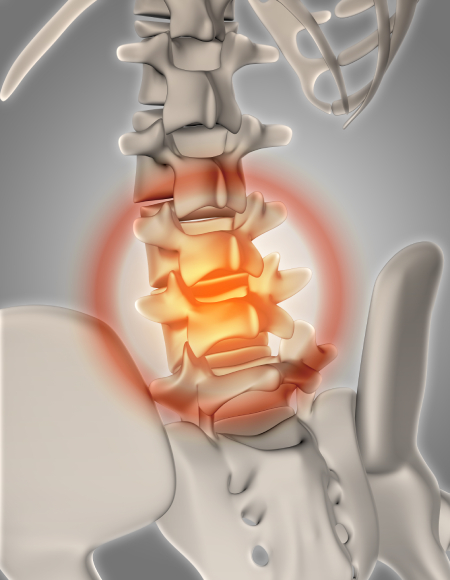Lateral Lumbar Fusion (LLIF)
Restoring Spinal Stability with Precision
Lateral Lumbar Fusion (LLIF) is a minimally invasive spinal surgery designed to treat conditions affecting the lumbar spine, such as degenerative disc disease, spinal stenosis, or spondylolisthesis. This innovative procedure involves accessing the spine through a lateral (side) approach, which avoids muscle and nerve disruption, making it a more effective and less traumatic option compared to traditional spinal fusion surgeries. During LLIF, the surgeon removes the damaged disc, places a bone graft or synthetic material between the vertebrae to promote fusion, and stabilizes the spine. The procedure aims to alleviate pain, restore spinal alignment, and improve the overall function of the lower back.
At the Brain and Spine Center of Texas, our surgeons specialize in performing lateral lumbar fusion using the latest minimally invasive techniques. This advanced method allows us to treat spinal conditions with minimal disruption to the body, reducing recovery time and improving outcomes. Our team of experts is dedicated to providing comprehensive care, ensuring that each patient receives the best possible treatment for their condition.
When is Lateral Lumbar Fusion Necessary?
Lateral lumbar fusion is recommended for patients who suffer from:
- Chronic low back pain caused by conditions such as degenerative disc disease, spinal stenosis, or spondylolisthesis.
- Instability of the spine, where the vertebrae are misaligned or unstable, leading to pain, nerve compression, or difficulty with movement.
- Nerve compression, often resulting from herniated discs or degenerative conditions, leading to symptoms such as numbness, tingling, or weakness in the lower extremities.
- Failed conservative treatments, such as medications, physical therapy, or injections, that have not provided sufficient pain relief or improved function.
If conservative methods have not provided relief and symptoms are affecting daily life, lateral lumbar fusion can offer a long-term solution to restore stability and alleviate pain.
The Lateral Lumbar Fusion Procedure: What to Expect
The lateral lumbar fusion is performed under general anesthesia and involves several critical steps:
- Accessing the Spine Laterally – The surgeon makes a small incision on the side of the body to access the lumbar spine, avoiding major muscles and nerves.
- Removing the Damaged Disc – The surgeon carefully removes the damaged or diseased disc to relieve pressure on the nerves and improve spinal stability.
- Spinal Fusion – A bone graft or synthetic material is placed into the disc space to encourage the vertebrae to fuse together. This process helps stabilize the spine and prevent further movement between the vertebrae.
- Stabilization – In some cases, screws or other hardware may be used to help stabilize the spine during the healing process.
- Closing the Incision – Once the fusion material is in place and the spine is stabilized, the surgeon closes the incision and the patient is moved to the recovery room.
The procedure typically takes 2 to 4 hours, depending on the complexity of the surgery and the number of levels being treated.
Recovery & Post-Surgical Care
Recovery after lateral lumbar fusion involves several key stages:
- Hospital Stay – Patients generally stay in the hospital for 1 to 2 days following the procedure for monitoring and initial pain management.
- Pain Management – Pain is managed with medications, and many patients experience significant improvement in pain levels soon after the procedure.
- Physical Therapy – A tailored rehabilitation program will help you regain strength, mobility, and flexibility. Therapy typically begins within a few days of surgery.
- Activity Restrictions – Patients will need to avoid heavy lifting, bending, and twisting during the early stages of recovery to allow the spine to heal.
- Follow-Up Care – Regular follow-up visits with your surgeon will be scheduled to monitor progress and ensure the spine is healing properly.
While full recovery may take several months, most patients can expect to return to normal activities within 6 to 12 weeks, depending on the extent of the surgery.
Why Choose the Brain and Spine Center of Texas?
- Expert Surgeons – Our team has extensive experience in performing lateral lumbar fusion with the latest minimally invasive techniques, ensuring the best possible outcomes.
- State-of-the-Art Technology – We utilize advanced surgical tools and technology to provide precise, efficient care with a focus on safety and recovery.
- Comprehensive Care – We offer personalized treatment plans tailored to each patient’s unique needs, with ongoing support throughout the recovery process.
- Faster Recovery – The minimally invasive nature of lateral lumbar fusion leads to reduced muscle disruption, quicker recovery, and fewer complications compared to traditional spinal fusion methods.
Schedule a consultation
If you’re experiencing chronic back pain or instability in your spine, lateral lumbar fusion may be the solution you’re looking for. Contact the Brain and Spine Center of Texas today to schedule a consultation and learn more about how this procedure can help improve your quality of life.

